
Clearing sustainable aviation fuel for takeoff in Asia Pacific
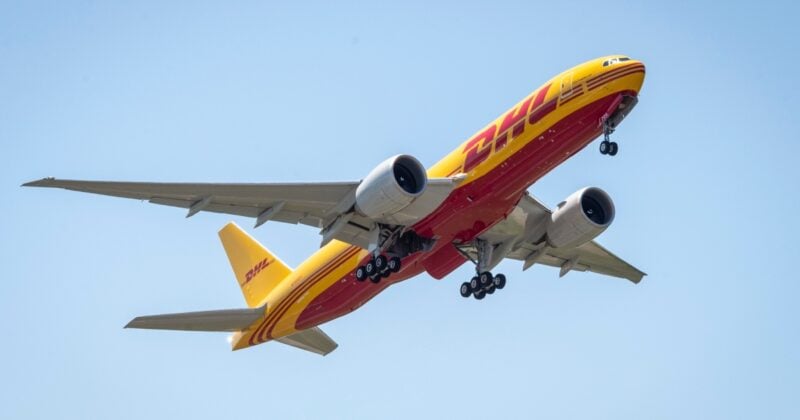
Across Asia Pacific, the aviation industry has reached an inflection point. As the world’s biggest air travel market, the region could emerge as a global hub for sustainable aviation fuel (SAF) – if it can scale production fast enough.
Growing passenger awareness of aviation’s climate footprint, tougher environmental regulations, and bold net-zero commitments are creating more interest in SAF. Governments are moving quickly to secure local SAF supplies, derived from feedstocks such as animal fats and used cooking oil (UCO), to reduce their dependence on fossil jet fuel.
The payoff is significant: SAF use can help carriers cut lifecycle emissions by up to 80 percent compared to fossil-based fuel. More importantly, SAF is usable without the need to replace aircraft or build new infrastructure. As a result, the SAF market is projected to grow from US$2.7 billion in 2025 to US$28.6 billion by 2032, with a CAGR of 39.9 percent over the forecast period.
But the challenges are also clear: fuel feedstocks are limited, large-scale production facilities remain scarce, and costs are high. Airlines, feedstock producers, and policy-makers race to convert early momentum into a commercially viable SAF market.
Understanding the rising demand for SAF
The growing number of flights annually is outpacing efficiency improvements, leading to a larger environmental footprint. Aviation accounts for roughly 2–3 percent of global CO₂ emissions, and its share is increasing even as other sectors decarbonize. That is making the sector a prime focus for climate-concerned regulators, investors, and customers alike.
Globally, corporate travel buyers are increasingly opting for lower-carbon emission flights to help their companies meet environmental, social and governance targets. For example, 55 percent of respondents in a recent corporate travel managers survey said their organization was seeking to decarbonize. Research also indicates that 60 percent of consumers now prioritize sustainable options when selecting airlines.
Policy-makers also aim to reduce their nation’s reliance on imported fossil jet fuel and foster domestic clean energy industries. According to Europe’s ReFuelEU Aviation regulation, fuel suppliers must deliver rising SAF volumes – from 2 percent in 2025 to 6 percent by 2030. This applies to all flights departing EU airports, creating a binding, long-term price signal that is already shaping global trade flows and investment decisions.
Increasing momentum
Leading Asia Pacific nations are responding on two fronts: policy and production. Singapore, for example, aims to use SAF for 1 percent of its jet fuel needs by 2026, increasing to 3–5 percent by 2030. It is supporting this move with a fixed passenger levy from 2026 to smooth price volatility. Thailand is exploring a 1 percent SAF blend by 2026, with national standards nearing finalization. Australia, too, is investigating incentives for airlines to gradually replace conventional jet fuel with lower-carbon emission alternatives.
Meanwhile, Japan has set an ambitious target of replacing 10 percent of jet fuel consumption by Japanese airlines with a SAF blend by 2030, in line with wider national decarbonization goals. On the logistics front, DHL Express has signed a deal with Cosmo Oil Marketing to purchase 7.2 million liters of SAF annually, which will be used for its regular cargo shipping services in Japan. “Moving forward, as part of our responsibility to customers in Japan, we are committed to promoting emission-reduced shipping solutions and to contributing to the reduction of the transport sector's environmental impact," said Tony Khan, President and Representative Director of DHL Express Japan.
Scaling regional production
On the supply side, Asia Pacific is seeing a rapid build-out of SAF production capacity. For example, the Finnish giant Neste’s Singapore refinery produces up to 1 million tons of SAF a year – making it the world’s largest SAF production facility, and Singapore is both a regional supply hub and a SAF exporter.
In Singapore, DHL Express has inked a deal with Neste to supply it with an estimated 9.5 million liters (7,400 metric tons) of SAF for outbound international flights, making this one of the largest such deals for air cargo in Asia in terms of volume. “As one of the largest users of SAF globally, DHL Express is leading the way towards more sustainable logistics and driving voluntary demand for SAF adoption. We are not just meeting industry standards but setting them,” said Christopher Ong, Managing Director, DHL Express Singapore. “Our usage of alternative fuels such as SAF also enables us to better understand the logistics needs for moving such fuels, helping our ambitions to grow a key sector, New Energy, under Strategy 2030.”
The SAF supplied by Neste will account for approximately 35–40 percent of the total fuel used by DHL Express’s five Boeing 777 freighters operating from Singapore’s South Asia Hub. These aircraft conduct 12 intercontinental flights per week, connecting Singapore to key destinations in Asia and the Americas.
In Thailand, the Bangchak Group has also launched a dedicated, certified SAF facility. With an initial production capacity of 1 million liters a day, the plant uses advanced hydroprocessed esters and fatty acids (HEFA) technology to process materials such as UCO into high-quality SAF. Although it is still in its early stages, this development positions the country well for domestic blending and export.
Industry initiatives are supporting scale-up as well. The Asia Sustainable Aviation Fuel Association, launched in Singapore in 2024, aims to boost SAF production and usage. Green Fuel Forward – a World Economic Forum and GenZero initiative – also focuses on growing demand and advancing production technologies.
Meeting challenges
Analysts estimate that the region’s SAF production capacity will reach 3.5 million metric tons per year by the end of 2025 (up from 1.24 million in 2024). For example, South Korea postponed the launch of its SAF mandate to 2027 due to insufficient domestic production capacity. However, regional demand also remains comparatively low due to limited mandates.
The sourcing of materials for SAF is also posing a challenge for its production in the region. Most Asia Pacific expansion relies heavily on HEFA-focused pathways using UCO and animal waste fats. But rising European and UK demand for SAF is diverting UCO stocks into higher-value markets. This leads to less UCO for Asia Pacific producers, thus tightening supply and increasing due diligence requirements. The U.S. has also moved to restrict the eligibility of imported UCO for clean fuel tax credits, further reducing global supply channels.
Both challenges put the production capacity and adoption demand in a bind, which requires more governmental support in terms of policy certainty, clear targets, and incentives to find the perfect balance.
Logistics firms pioneering emissions reduction in air transport
Despite these hurdles, leading operators are pressing ahead to secure early supply, promote SAF’s commercial viability, and encourage its broader uptake.
Recently, DHL Express has purchased 2,400 metric tons of SAF from Cathay Group for use on flights operated by Air Hong Kong, an express all-cargo carrier and subsidiary of Cathay Pacific. “Our continued investment in this area aligns with DHL Group’s Strategy 2030, which recognizes ‘green logistics of choice’ as one of the four bottom lines,” said Peter Bardens, Senior Vice President for Network Operations and Aviation, DHL Express Asia Pacific. DHL will use the SAF on Air Hong Kong routes from Seoul, Tokyo, and Singapore — avoiding more than 7,190 metric tons of CO₂ emissions in 2025 alone —equivalent to the emissions from over 100 Airbus A330 freighter flights between Hong Kong and Singapore.
Since 2022, DHL Express has also enabled the use of SAF for customers through its GoGreen Plus service. This makes DHL Express the first international shipping service to allow customers to reduce (inset) their Scope 3 greenhouse gas emissions through SAF. “We have a clear mission to achieve net-zero emissions for our logistics operations by 2050, and we want to enable our customers to join us in this journey,” said Ken Lee, CEO, DHL Express Asia Pacific.
Recently, DHL Express has entered a strategic partnership with SingPost to utilize the latter’s extensive network in Singapore to offer its international shipping services to customers islandwide. Each shipment includes complimentary participation in the GoGreen Plus service. With GoGreen Plus, customers can determine the amount of carbon emissions they aim to reduce by adopting the ‘book and claim’ approach. Book & claim enables DHL to directly replace fossil fuels with sustainable fuels within the logistic company’s network and allocate environmental benefits to paying customers. This is applicable even when their shipments are not physically transported with the assets using these fuels. The benefits from DHL’s usage of SAF is passed on to customers, allowing them to report reduced carbon emissions following the Science Based Target Initiative (SBTi) philosophy.
Collaborating for a sustainable future
For the SAF market in Asia Pacific to grow and succeed, collaboration is critical. Strategic partnerships among producers, policymakers, and operators will determine how quickly and effectively production and usage can be established.
The robust investments in SAF by DHL Express are more than just making strides toward its target of net-zero emissions by 2050. It is strengthening the global mandate to deliver transformative value to businesses seeking sustainable logistics solutions. By working with experienced logistics and investment partners, companies can secure early SAF supply, cement the fuel’s commercial viability, and offer customers real, measurable emissions reductions today.
Collaborative efforts, in short, are the building blocks for the resilient supply chains and scalable solutions needed to unlock a cleaner, more competitive future for aviation.
ALSO WORTH READING

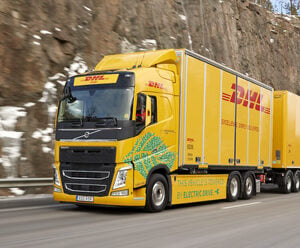


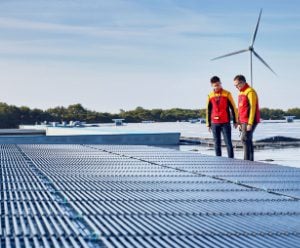


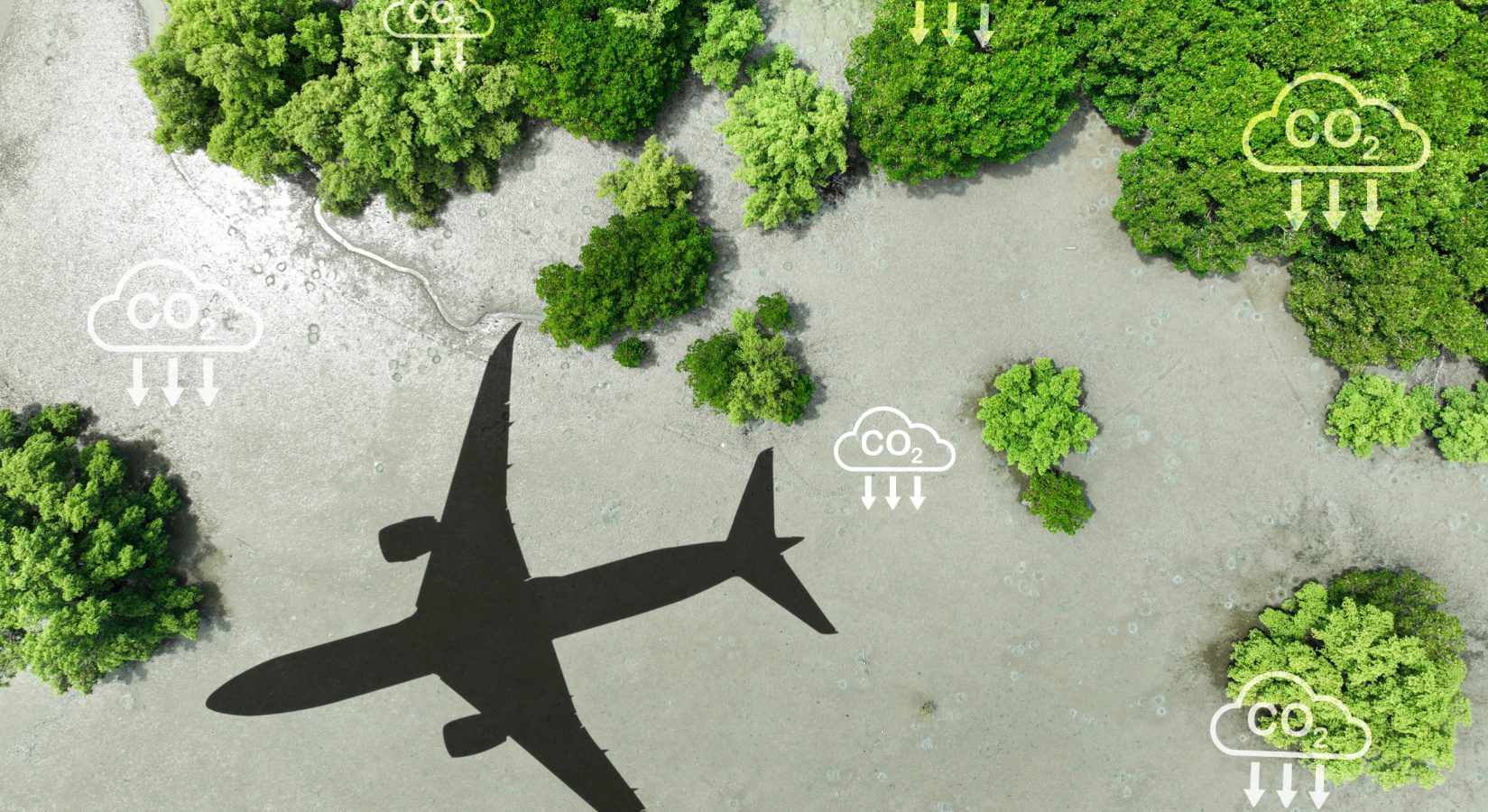
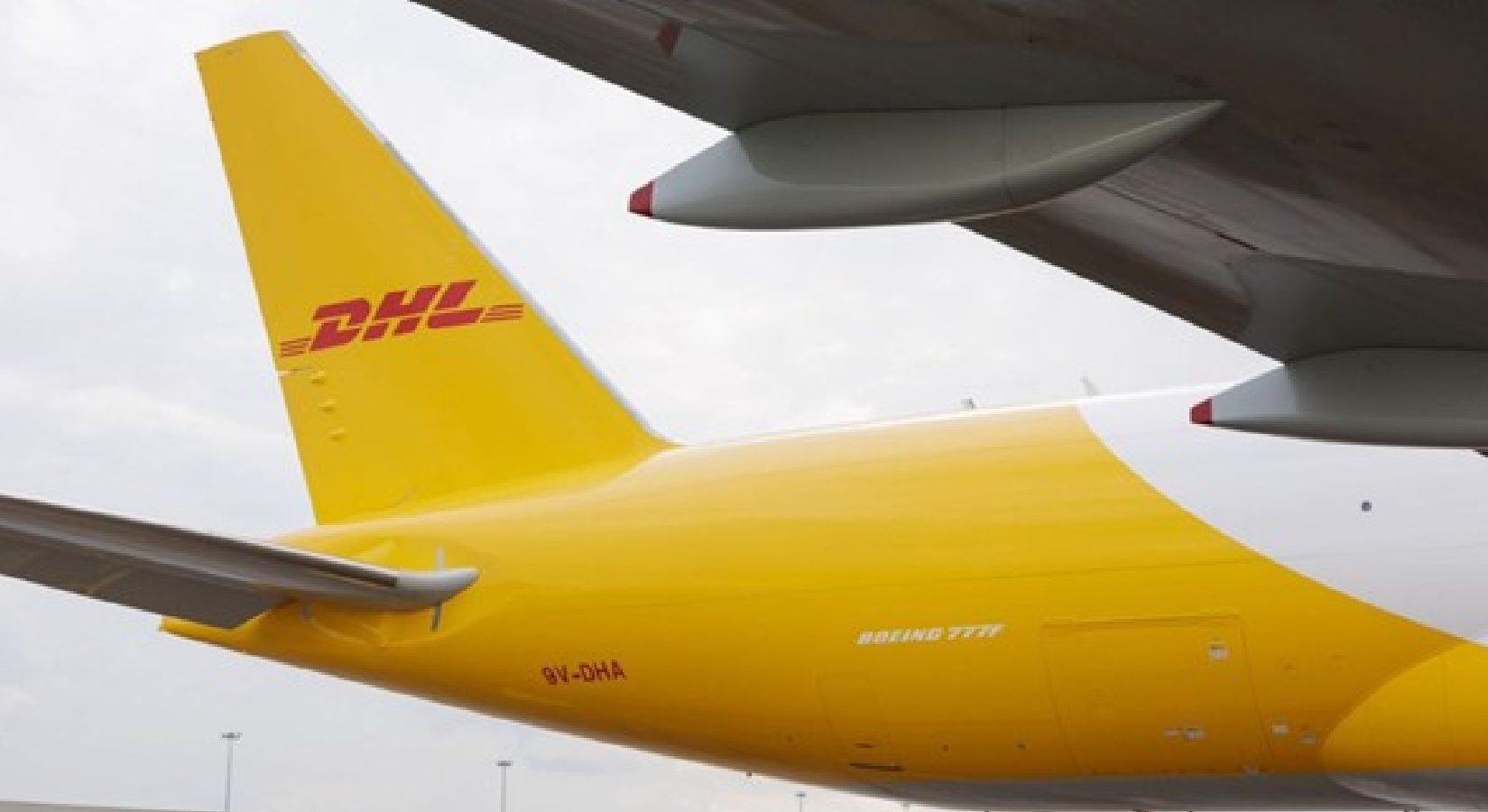
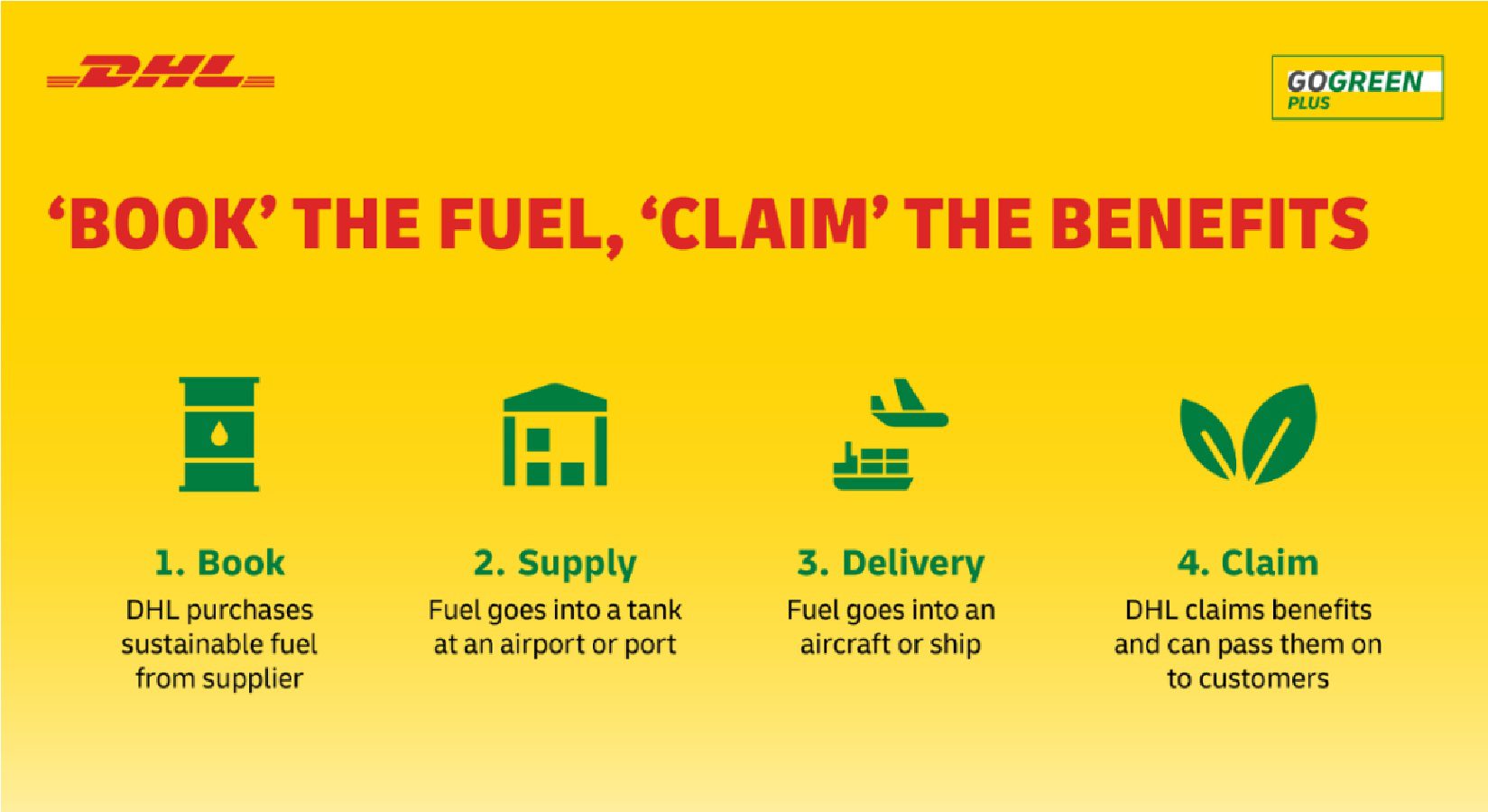




 English
English